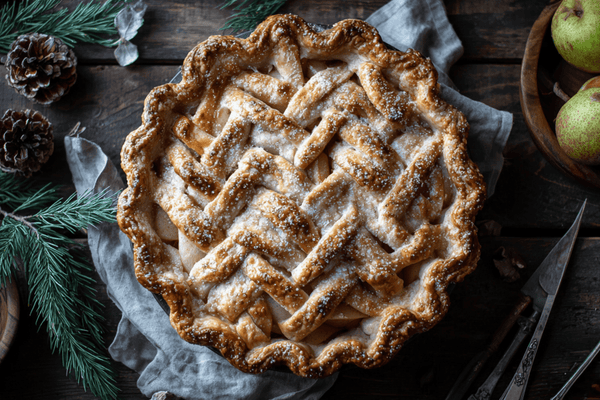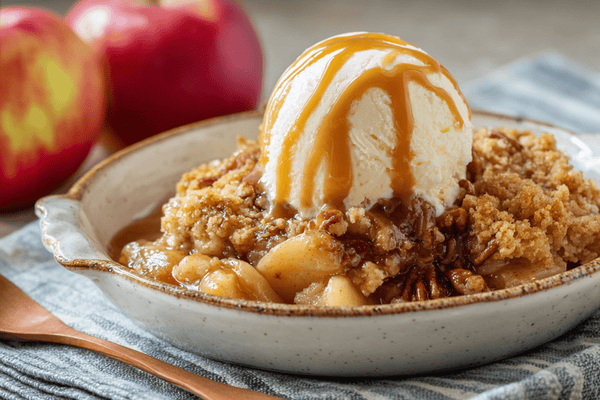 If you’re looking for an attractive knife then a Damascus steel blade might be worth considering. This metal has a wavy, watery pattern that looks incredible. But I find that a lot of people wonder how Damascus steel is made and whether their knife contains any other materials. This leads us to the question of whether Damascus steel extends into the blade on a full tang.
If you’re looking for an attractive knife then a Damascus steel blade might be worth considering. This metal has a wavy, watery pattern that looks incredible. But I find that a lot of people wonder how Damascus steel is made and whether their knife contains any other materials. This leads us to the question of whether Damascus steel extends into the blade on a full tang.When you buy a full-tang Damascus steel knife, the Damascus steel does not extend right through the blade. This is because the material is welded to stainless steel.
But why might this be the case? It’s all to do with not wasting the Damascus steel but you also end up with the benefits of both materials. While Damascus and stainless steel are brilliant in their own ways, when they’re combined, you’ve got something truly wonderful.
Table of content
What Is Damascus Steel?
Damascus steel is a type of steel that was first forged thousands of years ago using wootz steel from India. The metal gained popularity in Syria, particularly the city of Damascus, where the material took on its modern name.This type of metal is known for its watery pattern which is one of the main things that attracts people to it. However, the ancient methods for making this type of steel have been lost so what we have today isn’t actually true Damascus steel. Although it’s close enough.
What Is a Full Tang?
Knives can either be full tang or partial tang. When you buy a full-tang Damascus chef knife, it might be easy to assume that the Damascus runs all the way through but the truth is that it’ll be welded to stainless steel in layers.Full tang knives are made with one piece of metal that forms the blade and runs all the way down to the tip of the handle. You’ll usually be able to see this metal as a line that runs down the handle but in order to be called full tang, this line must be unbroken.
There are several styles of partial tang blade that a Japanese knife can incorporate. Partial tang blades can include stick tang, half tang and even something called a rat tail tang!
Why Is Damascus Steel Layered?
 A Damascus knife is made with steel which is a layered material and in knife making, a single blade could be made up of more than 1000 layers! There are even some blades that have been made with a million layers!
A Damascus knife is made with steel which is a layered material and in knife making, a single blade could be made up of more than 1000 layers! There are even some blades that have been made with a million layers!But what’s the benefit of layering and why do knifemakers do this? Usually, Damascus pattern steel is layered with other materials, like stainless steel in order to bring together the properties of both. That’s always a good thing and why you’ll find that the Damascus steel on your knife doesn’t extend all the way into the core of the blade.
Of course, there are examples of this type of steel where only Damascus is used and there’s a myth that more layers are better. However, this isn’t actually the case. In reality, a three-layer knife might be just as good as one with many more layers, as long as the quality of the steel is good. For example, a knife made with a VG-10 core for sharpness and durability along with two protective outer layers will perform amazingly well.
The Benefits of Damascus and Stainless Steel
One of the main reasons that knifemakers weld Damascus steel to stainless steel is to avoid wasting Damascus. However, bringing the benefits of both materials together means that you end up with a much more durable and better-performing knife. With that in mind, let’s take a look at the advantages of each material.Damascus Steel
Damascus steel is an alloy but the name refers to how the material looks which is one of the main reasons that it’s so popular.However, another reason that Damascus is often used in knife-making is its durability. Alone this is a very robust material but when it’s coupled with stainless steel, it becomes even more unbreakable. If you’re looking for a very durable knife, then it’s worth considering especially compared to high-carbon steel knives which can be very fragile.
That said, there is an amount of carbon in Damascus steel which means that it’s easy to get a very sharp and long-lasting edge to the blade. This isn’t something that’s as easy in stainless steel as the metal cannot be sharpened to as tight an angle.
Stainless Steel
 One of the main benefits of stainless steel is that it is an incredibly resistant material. Stainless steel is actually not a single material but a blend and this means that it’ll resist corrosion extremely well. This material is an alloy that contains things like iron, chromium and carbon in varying degrees.
One of the main benefits of stainless steel is that it is an incredibly resistant material. Stainless steel is actually not a single material but a blend and this means that it’ll resist corrosion extremely well. This material is an alloy that contains things like iron, chromium and carbon in varying degrees.It can be exposed to acid, heat and water without much, if any damage so it’s ideal for use in the kitchen.
The iron compounds within stainless steel are what makes this such a robust metal. However, iron isn’t very resistant to corrosion but that’s where the chromium comes in and in any piece of stainless steel, there could be as much as 30% chromium. Amazingly, when the material is scratched, the chromium helps to ‘grow’ another protective layer.


